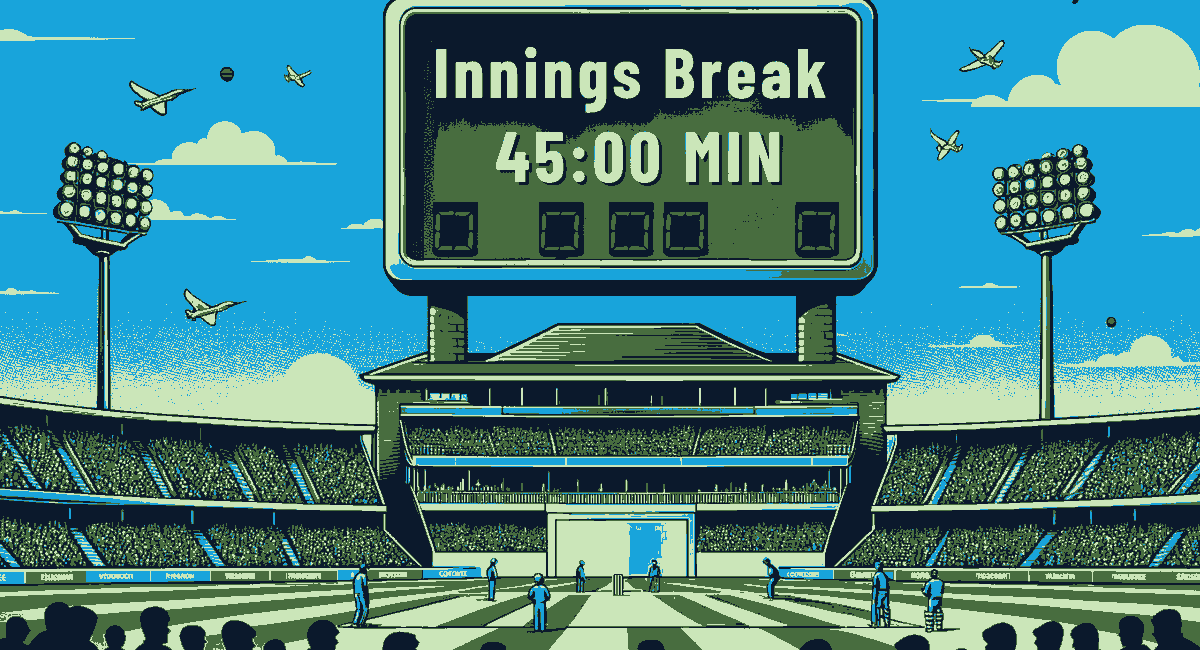
December 6, 2023
India’s score was 76 runs in 15 overs when they were playing against USA on 12 june, wednesday. India needed 35 runs to win from 30 balls, which can be difficult in Nassau County Stadium. Suddenly, India’s score increased by five runs. USA fans were shocked as nobody knew why India got these extra runs without hitting any fours, sixes, or even facing a ball. This is where the Stop Clock Rule came into play. Read more below to learn about this rule.
USA becomes the first country to face a penalty of 5 runs under the Stop Clock Rule
Contents

The Stop Clock Rule in cricket means that the fielding side should not take more than 1 minute to start a new over after the completion of an over. For example, if Team A completes an over at 11:12 a.m., they should bowl the next ball by 11:13 a.m. If more than 1 minute is taken, the team falls under the Stop Clock Rule. However, there is no penalty for this.
Many captains take too much time rotating fielders, giving advice to bowlers, and continuing this in almost every over. To decrease wasted time, the highest governing body of cricket decided to experiment with the Stop Clock Rule. They started this experiment in December 2023 during the T20 series between the West Indies and England. Initially, it was on a trial basis, and from June 1, it was made permanent in limited-overs cricket after its huge success.
Stop Clock Rule saves around 20 minutes per ODI match
“The stop-clock is set to become permanent in all ODIs and T20Is from June 2024, starting with the T20 WC 2024 in the West Indies and USA.” – Highest Governing Body in Cricket

To receive a penalty of 5 runs under the Stop Clock Rule, a team must violate the guidelines 3 times in a game. In this instance, USA took more than 1 minute to start the next over 3 times. If a team violates the Stop Clock Rule only 2 times, no penalty runs are awarded. However, if it happens more than 2 times, 5 penalty runs are given to the opposing team.
Of course, there are exceptions to this rule. The highest governing body in cricket states this rule will not be applicable under the following circumstances:
Yes, the highest governing body of cricket ran this rule on a trial basis from December 2023 till April 2024. It was made permanent from June 2024 and will be implemented in every limited-overs cricket format.
Follow Gamesys11 Blog for more updates

At Gamesys11, our team includes dedicated blog writers, who bring a wealth of cricket knowledge and experience to our content. From early cricket careers at divisional and district levels to deep dives into statistics and player insights, our writers are passionate about the sport. They specialize in crafting engaging blogs that explore team lineups, player statistics, and strategic predictions for upcoming contests, enhancing the experience for every cricket fan.